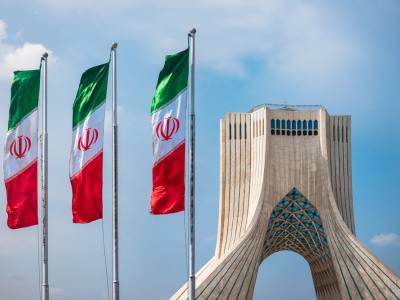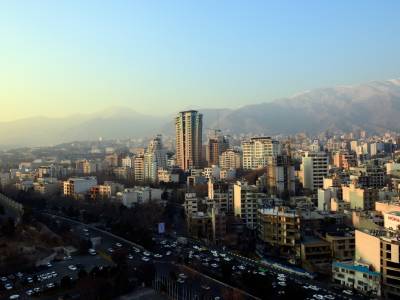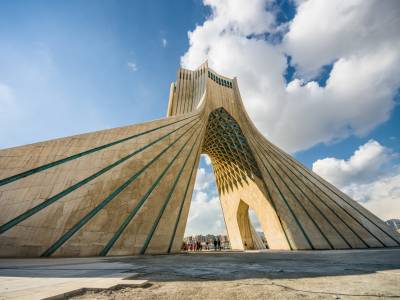-
Iran
Iranian Aviation Law
3 Agosto 2016
- Diritto aeronautico
Aviation law is a highly specialized branch of law which addresses all concerns associated with different facets of air travel. There is a high number of international conventions that regulate aviation law at a global level. However, countries still have their own national framework. The three main areas of aviation law include: regulatory compliance, finances and claims.
Regulatory compliance
As far as Iran is concerned, Iranian aviation laws date back to a long time ago. The main body of law is Civil Aviation Law of 1959, which established the Civil Aviation Organization of Iran and also dealt with nationality of aircrafts. According to article 9 of this law, Iranian airlines have the exclusive right to domestic flights.
In addition to being a founding member state of the Chicago Convention on International Civil Aviation of 1944, Iran is part of the Warsaw system, having acceded to Warsaw Convention and two of its additional protocols, namely The Hague Protocol of 1955 and Guatemala Protocol of 1971. Iran is still not a member of the Montreal Convention on Unification of Certain Rules for International Carriage by Air signed in 1999. Montreal Convention could apply in cases when foreign airlines belonging to countries that have ratified this Convention operate flights in Iran. Similarly, the legal framework applicable to Iranian airlines operating anywhere in the world would be the one of Warsaw treaty.
Finances
As far as financing, purchase, chartering and lease of aircrafts are concerned, the latest directive, issued in 2014, allows only the purchase or chartering of aircrafts that are less than 15 years old. The new directive has also facilitated imports by reducing the existing bureaucracy. The aircraft could be purchased or leased. A lease, by definition, is transference of possession without transference of title. A lease is normally justified on grounds of financial reasons. The directive allows both ‘Dry’ and ‘Wet’ Lease for Iranian Air-lines. Dry Lease refers to leasing an aircraft without crew, maintenance and other services, while in Wet Lease the aircraft is crewed by the lessor. In this sense, a wet lease is an exception to the rule because the possession of the aircraft is not transferred and the aircraft is still operated by the lessor. There are also technical requirements for aircrafts that need to be satisfied. The leaser must possess a valid A.O.C. (air operator’s certificate) as well as a valid repair certificate and the foreign registration of the aircraft must be nullified.
Claims
Claims could arise in case of delay, luggage loss or aviation accidents. In the Iranian legal system, a clear distinction must be made between domestic and international airlines as there are different applicable laws. Even for domestic airlines, domestic and international flights are subject to different compensation mechanisms.
Since Iran is a party of the Warsaw Convention and its additional protocols, in principle, damages arising from flights should be subject to the Warsaw system. This is particularly true when Iranian airlines are operating international flights. However, in domestic flights operated by Iranian airlines, with the enactment of the new “Iran Civil Aviation Liability for Iranian Airlines Act” in 2012, there is a dual system according to which the Warsaw provisions still apply to damages incurred to passengers’ luggage, but damages to human life, including death and injuries, arising out of accidents for domestic flights are subject to Iran Islamic Penal Law. In other words, domestic airlines in domestic flights have been excluded from the Warsaw system as far as human injuries are concerned.
Another relevant issue is insurance programs available to airlines which cover costs arising out of such incidents. At present, many insurance programs are available to airlines.
















